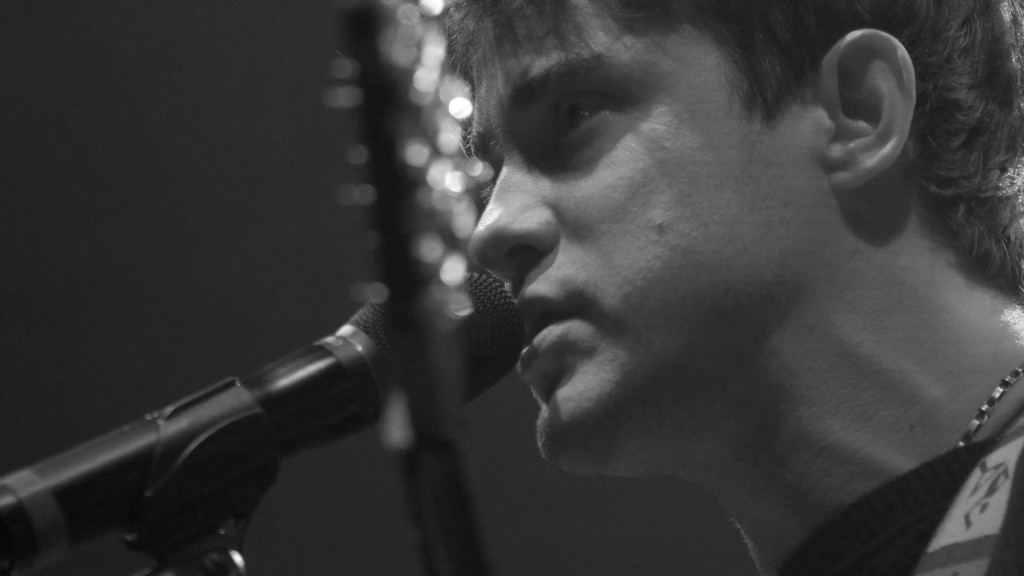How To Draw Scary Stuff
Creating a scary work of art can be surprisingly fun! Whether you are a budding artist, or experienced in sketching, you can create a truly spooky piece through understanding a few simple concepts. Even if you have a limited amount of time and materials, you can still create a uniquely frightening and memorable work of art.
Understand Scary
Take some time to really think about what makes something scary. While tastes might differ, there are some general characteristics of horror, fear and terror which can be used universally to make something eerie. Think about shadows, sharp objects, negative emotions or feelings, slimy things, mysterious and unknown, or sudden movements. Once you understand what makes something frightening, you can begin to incorporate the elements into your artwork.
Create a Design
Using the techniques you’ve learned, create a rough sketch of your idea with pencil and paper. Keep things rough and abstract at this stage, since this is more to get an idea of the emotions and construction of the piece. Take some time to share your idea with a friend and get their opinion on what looks creepy and what will look convincing.
Gather Your Supplies
Once you’re ready to begin, gather your supplies. You’ll need a variety of materials from pencils, markers, and pens, to pastels, paint, colored pencils and crayons. Additionally, you may want to include textures and specialized paper in your collection for added effects. With a little bit of creativity, you can even utilize everyday household items to bring your masterpiece to life.
Start Drawing
Time to pick up the pencil and get to drawing! Whether you are depicting a monster, ghoul, specter or something else, take it slowly and slowly build up layer upon layer. Don’t be discouraged if it doesn’t look exactly like you imagined it to in your minds eye. Learning to draw is a process and an art form, just keep practicing and you’ll hone your craft.
Add Finishing Touches
Once you’ve completed the sketch, the final step is to add in the finishing touches. Mood lighting and shading can often enhance the fear factor of your artwork. Draw in dynamic elements in order to create the tension, suspense and fear that you want your audience to feel. Don’t be scared to add a few extra details to give your work a unique flair.
Achieve Depth with Color
With your pencil and paper selections, begin to add in the color of your choice. Color can be a powerful tool when it comes to creating fear or horror as this can subconsciously influence our emotions and give us a sense of dread. Utilize dark and somber tones, pastels and contrasting hues to achieve the desired effect.
Balance the Light and Dark
Just remember, the most feared of creatures often have some sort of hidden beauty in the darkness. Even if it’s a simple reflection of light, something that glimmers in the midnight sky, a story behind the horror. Adding this subtle contrast between light and dark can give a sense of life to your artwork. It also leaves your viewers with a subconscious feeling of hope that can be immensely fear-inducing.
Create Textures
Explore adding in different textures to bring your art to life. Whether it’s adding a few drops of water to your pen to create a slimy exterior, adding some roughness to the paper with sandpaper, or even using cling film, you can experiment and develop a truly fear-inducing texture.
Bring Out the Details
Finally, use a fine lead pencil or pen to bring out the details within your art. This could be intricate lines, labyrinth designs, scratches, and engraved symbols. All of these will help to accentuate the mood of your scary creation.
Be Creative
Above all, have fun! Everyone’s idea of scary is different, so be creative and find what works best for you. Let your mind run wild and experiment with different techniques. You never know where your imagination will take you. Who knows? Your sketch might just be the inspiration for a future horror masterpiece.
